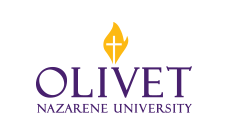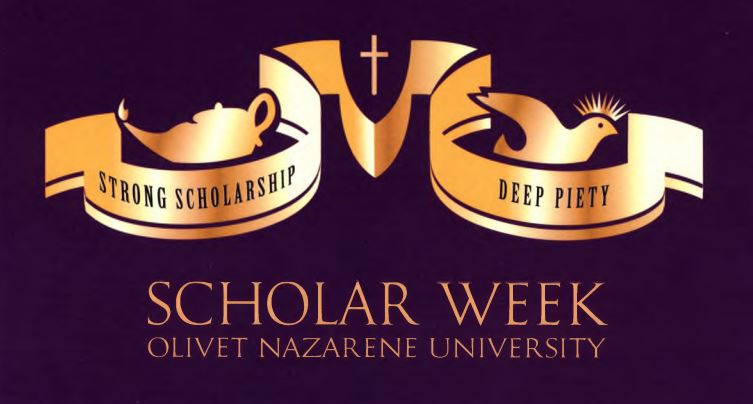Project Type
Faculty Scholarship
Scholarship Domain(s)
Scholarship of Teaching and Learning
Presentation Type
Presentation
Abstract
In recent years, college students, including those at Olivet Nazarene University, have experienced an increase in mental health challenges such as anxiety and depression. Researchers think technology is a significant contributor to this trend with social media undermining a viewer’s dignity through constant comparison and ruthless competition for attention. However, social media and teaching/learning technologies also have the potential to enhance efficient, effective student learning. This paper will present the best practices for use of social media and teaching/learning technologies based on a literature review in these areas.
The literature review will seek to tie together knowledge and best practices of STEM (Science, Technology, Engineering, and Mathematics) education, brain science, and learning/teaching technology. Technology examples include the role of emerging technologies in minimizing the gaps between STEM curricula and industry practices, the use of emerging technologies (e.g., sensing, analytics, visualization, information technology, modeling, simulation) to form disruptive forces to improve the learning environment, pedagogical strategies enabled by emerging technologies to enhance multidisciplinary teamwork and communication skills in STEM education, and visionary approaches and methods for future STEM work and education. The focus will be on STEM students, but many of the best practices will be applicable to all college students.
Permission Type

This work is licensed under a Creative Commons Attribution 4.0 License.
Included in
Educational Technology Commons, Engineering Commons, Scholarship of Teaching and Learning Commons, Science and Mathematics Education Commons
Literature Review of Practical Insights into the Use of Brain Science and Learning Technology to Enhance STEM Student Learning
Fishbowl
In recent years, college students, including those at Olivet Nazarene University, have experienced an increase in mental health challenges such as anxiety and depression. Researchers think technology is a significant contributor to this trend with social media undermining a viewer’s dignity through constant comparison and ruthless competition for attention. However, social media and teaching/learning technologies also have the potential to enhance efficient, effective student learning. This paper will present the best practices for use of social media and teaching/learning technologies based on a literature review in these areas.
The literature review will seek to tie together knowledge and best practices of STEM (Science, Technology, Engineering, and Mathematics) education, brain science, and learning/teaching technology. Technology examples include the role of emerging technologies in minimizing the gaps between STEM curricula and industry practices, the use of emerging technologies (e.g., sensing, analytics, visualization, information technology, modeling, simulation) to form disruptive forces to improve the learning environment, pedagogical strategies enabled by emerging technologies to enhance multidisciplinary teamwork and communication skills in STEM education, and visionary approaches and methods for future STEM work and education. The focus will be on STEM students, but many of the best practices will be applicable to all college students.


